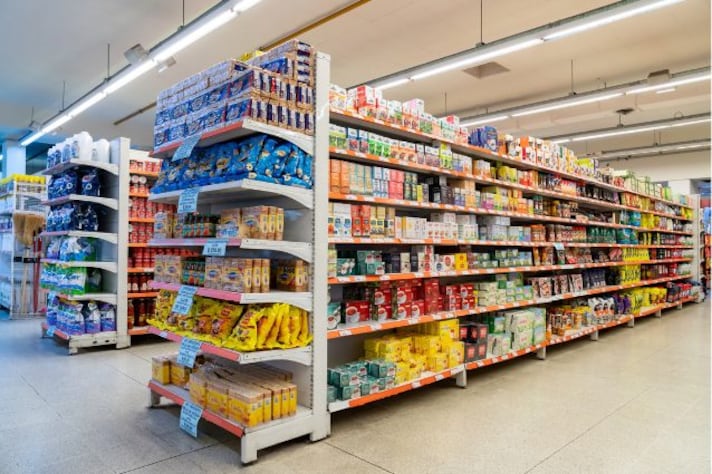What is Shelf Marketing and Why is It So Important When We’re Shopping For Food?
Shelf marketing is the strategic placement of products in grocery stores to maximize visibility and sales. Items at eye level are often paid for by brands to attract attention, while lesser-known or generic products are placed higher or lower. This arrangement isn't random; it's a tactic to influence consumer behavior.

When we stroll through the aisles of a grocery store, we're often struck by the neat organization and vibrant displays that seem to effortlessly catch our eye. The strategic placement of packages, the explosion of colors, and the cleverly positioned signs all work together to draw our attention. It's almost as if the products are calling out to us, tempting us to toss them into our carts. But have you ever wondered why certain items are placed at eye level while others are relegated to the top or bottom shelves? The answer lies in a subtle yet powerful practice known as shelf marketing.
What is Shelf Marketing?
Shelf marketing is the strategic arrangement of products on store shelves to maximize visibility and sales. This practice isn't random; it involves careful planning and collaboration between retailers and manufacturers. The goal is to influence consumer behavior by placing products in locations that increase their likelihood of being noticed and purchased. From the moment you step into a store, shelf marketing is at play, guiding your shopping experience in subtle ways. Whether it's a bright cereal box at eye level or a promotional item at the end of an aisle, each placement is meticulously planned to catch your attention.

The Meaning Behind Shelf Positions
The positioning of products on grocery store shelves is far from arbitrary. In fact, there's a science to it. Eye-level shelves are prime real estate, often reserved for the most popular or profitable items. These are the products you’re most likely to see and, consequently, buy. Kid-friendly items, for instance, are often placed at children's eye level, making it easier for young shoppers to spot and request them.
But who decides what goes where? It's a collaborative effort between store managers and manufacturers. Brands often pay for premium shelf space, a practice known as "slotting fees." The higher the fee, the better the shelf position. This is why you might find well-known brands dominating the eye-level shelves, while lesser-known or generic brands are placed higher or lower.

The Psychology Behind Shelf Marketing
Shelf marketing is a subtle form of psychological manipulation, designed to make you notice certain products over others. Bright colors, attractive packaging, and even product placement in relation to competitors are all tactics used to grab your attention. For example, complementary products like chips and salsa might be placed next to each other, encouraging you to buy both. Endcaps—those displays at the ends of aisles—are another popular tactic, often featuring seasonal items or promotions that entice impulse buys.
Understanding these tactics can empower you as a shopper. When you realize that the eye-level shelves are often filled with products that have paid for the privilege, you might be more inclined to look up or down for alternative options. Often, lower shelves house generic or store brands, which can offer the same quality at a lower price. Conversely, top shelves may feature specialty items that are less likely to catch your eye but could be worth exploring.
;Resize,width=767;)
;Resize,width=712;)
;Resize,width=712;)
;Resize,width=712;)
